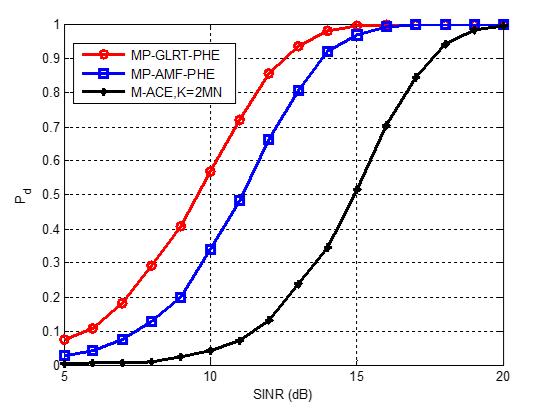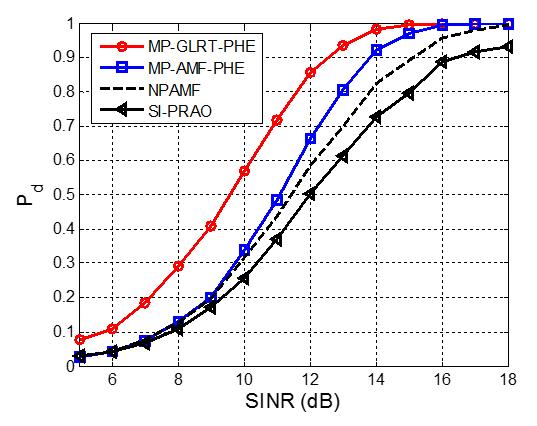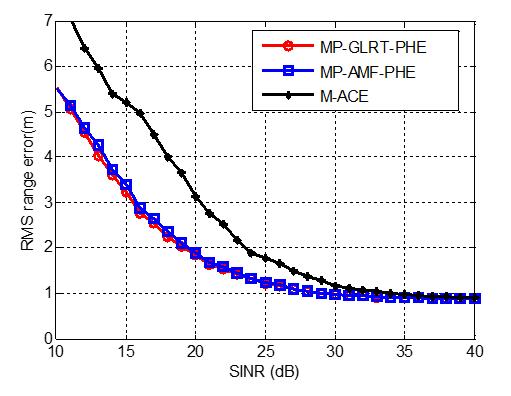Space-time Adaptive Detection (STAD) is a signal processing technology combining space and time processing to achieve the goal of target detection. It has better target detection and clutter suppression capabilities compared with time or space-only processing method.
However, the existing STAD method is not enough for practical application, mainly due to three deficiencies. First of all, the STAD requires the inverse of the high-dimensional covariance matrix, which may impose excessive computational burdens. Secondly, researchers generally assume that the target is based on an ideal target sampling model, namely, no spillover of the target energy. However, it is seriously inconsistent with the actual situation. Thirdly, real heterogeneous environment represented by the partially homogeneous is rarely considered.
In order to solve the problems above, researchers from the Institute of acoustics, Chinese Academy of Sciences (IACAS) along with Italian colleagues proposed three parametric STAP detectors for the partially homogeneous environment, referred to as the MP-GLRT-PHE, the MP-AMF-PHE and the MP-Wald-PHE respectively. The research comprehensively utilized the background interference structure and the spillover of the target energy. It not only effectively decreased the calculation amount and spillover loss, but also achieved accurate estimation of the target distance.
At the design stage, researchers account for target energy spillover to adjacent range samples and model the disturbance in partially homogeneous environment as a multichannel autoregressive Gaussian process. Within this framework, they developed three parametric detectors resorting to the Generalized Likelihood Ratio Test (GLRT) criterion and the Wald criterion.
The results showed that the MP-AMF-PHE and the MP-Wald-PHE shared the same decision statistic. The MP-GLRT-PHE and the MP-AMF-PHE exhibited better detection performance than M-ACE, NPAMF, and SI-PRao (Figures 1-2). Moreover, they have smaller range estimation error than M-ACE (Figure 3).

Figure 1. Detection probability . (Image by IACAS)

Figure 2. Detection probability. (Image by IACAS)

Figure 3. The root mean square (RMS) error of range estimation. (Image by IACAS)
The research advanced the practicability of the STAD technology to a great step forward. Researchers would further extend the proposed framework to non-Gaussian clutter scenarios or assume the presence of noise-like active jamming.
The study, published in the journal IEEE Transactions on Aerospace and Electronic Systems, was supported by the National Natural Science Foundation of China.
Reference:
YAN Linjie, HAO Chengpeng, Danilo Orlando, Alfonso Farina, HOU Chaohuan. Parametric Space-Time Detection and Range Estimation of Point-Like Targets in Partially Homogeneous Environment. IEEE Transactions on Aerospace and Electronic Systems, vol. 56, no. 2, pp. 1228-1242, April 2020. DOI: 10.1109/TAES.2019.2928672
Contact:
ZHOU Wenjia
Institute of Acoustics, Chinese Academy of Sciences, 100190 Beijing, China
E-mail: media@mail.ioa.ac.cn


